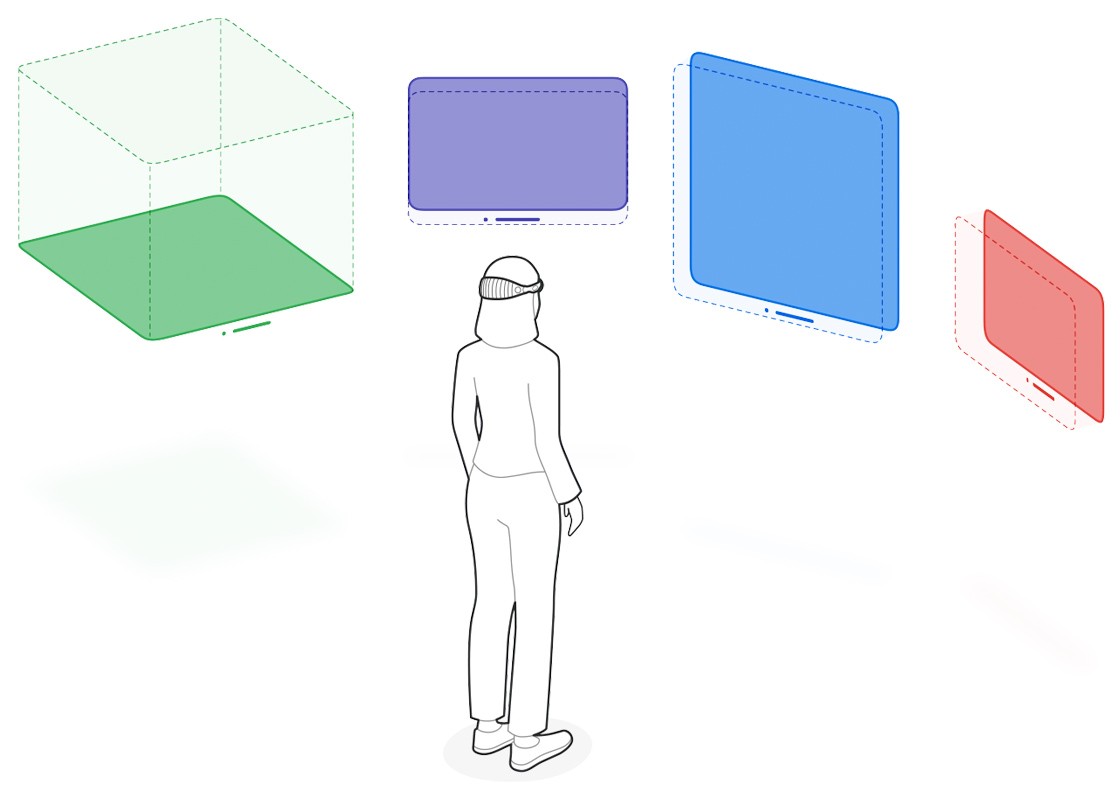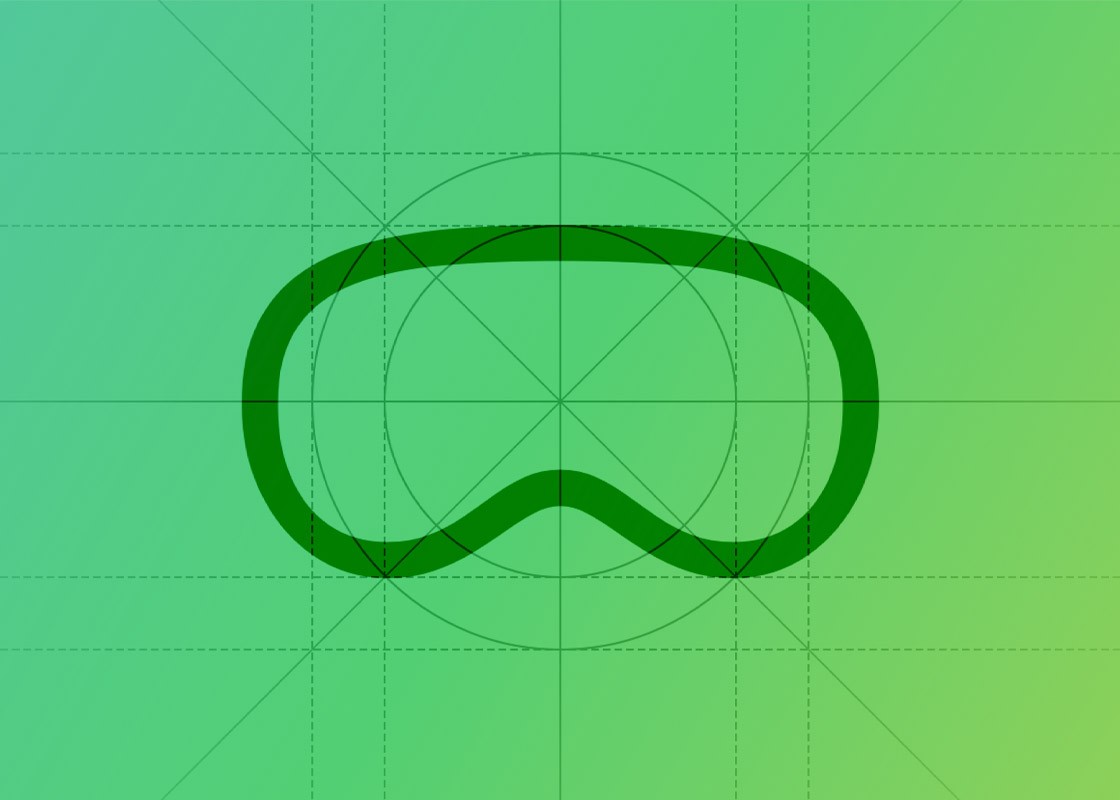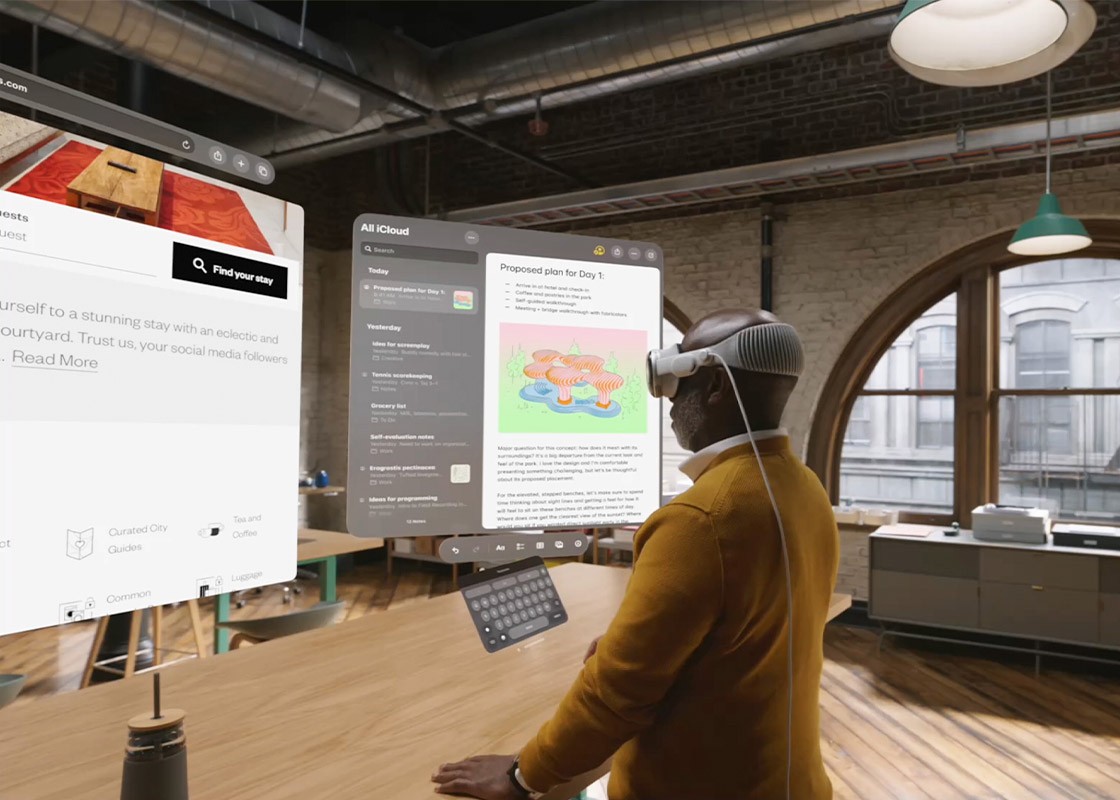Tech
Exploring the Future of Spatial Computing by Apple

by: Ashley Ncube
In the rapidly evolving landscape of technology, Apple has been at the forefront of innovation, consistently pushing the boundaries of what's possible. One of the most exciting and promising frontiers they've ventured into is spatial computing. In this comprehensive article, we delve into the intricacies of Apple's spatial computing technology, its potential applications, and how it's poised to reshape our digital experiences.
Understanding Spatial Computing: A Revolution Unveiled
Spatial computing represents a paradigm shift in the way we interact with digital content and the physical world. This technology blends the virtual and physical realms seamlessly, allowing users to engage with digital information as if it were an integral part of their surroundings.
Apple's foray into this domain marks a significant leap forward, promising a future where augmented reality (AR) and virtual reality (VR) converge to create immersive experiences beyond imagination.
The Core Technology: LiDAR and Advanced Sensors
At the heart of Apple's spatial computing prowess lies LiDAR (Light Detection and Ranging) technology, coupled with a suite of advanced sensors. LiDAR enables devices to create detailed and accurate 3D maps of the environment by emitting laser pulses and measuring the time it takes for them to return. This depth-sensing technology is instrumental in recognising objects, understanding distances, and accurately placing virtual elements within the physical space.
Applications That Redefine Possibilities
Apple's spatial computing has the potential to revolutionise various industries, ranging from education and healthcare to entertainment and design. Imagine medical students dissecting virtual cadavers with astonishing precision, architects visualising intricate structures in real-world contexts, or gamers stepping into their favourite virtual worlds with unrivalled realism.
In the realm of healthcare, surgeons can utilise spatial computing to plan and execute intricate procedures with enhanced accuracy. By overlaying diagnostic images onto a patient's anatomy in real time, surgeons can make more informed decisions, leading to improved patient outcomes.
The Developer Ecosystem: Nurturing Innovation
Apple understands that the success of spatial computing hinges on a vibrant developer ecosystem. To facilitate this, the company has introduced ARKit, a robust framework that empowers developers to create captivating AR experiences for iOS devices. This ecosystem encourages creativity and innovation, enabling developers to craft applications that seamlessly blend the digital and physical realms.
Future Prospects and Impact
As Apple continues to refine its spatial computing technology, the possibilities appear boundless. From interactive learning experiences and remote collaboration to groundbreaking entertainment and beyond, the integration of virtual elements into our surroundings is set to reshape our world. With the potential to bridge gaps between imagination and reality, Apple's spatial computing could redefine the way we perceive and interact with information.
Conclusion
In conclusion, Apple's journey into spatial computing is poised to reshape the way we interact with technology and our environment. With LiDAR technology as its backbone and a thriving developer ecosystem, the potential for innovation and transformative experiences is immense. As we embark on this exciting frontier, the fusion of the digital and physical worlds could redefine our understanding of technology's role in our lives.
Thanks for reading 🎉





